- 204-206, R Square, Motiram Nagar, Above Sub-way, Bangalore Bypass, Warje, Pune, Maharashtra 411058.
- sales@vertscend.com
Software Development Services
Software development services are aimed at designing, engineering, supporting, and evolving various software types. Serving mid & large enterprises and software product companies since 1989, vertscend develops quality software for retail, banking, manufacturing, healthcare, and other industries.
What Service Are You Looking For?
Choose your option and click the button below to jump straight to the detailed description of the service you are interested in.
Custom software development
We plan tailored software solutions for you to achieve operational excellence and deliver them fast and error-free.
Software product development
We help startups and ISVs envision selling SaaS, mobile and desktop products, launch MVP in 1-4 months and consistently grow it to a full-blown product with major releases every 2-4 weeks.
Development team augmentation
We can offer from 0.5 FTE to 150+ FTE resources to fill in specific skill gaps (developers and architects well-versed in back-end (Java, .NET, Python, Go, PHP, Node.js, etc.), front-end, and mobile (native iOS, Android; Xamarin, Cordova, React Native) development) or provide a self-managed team for your project or its part.
Maintenance and support of existing software
We provide 24/7 support for your employees and customers, continuous software performance monitoring, proactive optimization and fast issue resolution, safely add new features and integrations, and more.
Software development outsourcing stats
> 50% of Fortune 500 companies outsource software development.
Web Application
Mobile App
Cloud Application
SaaS Products
Desktop Application
Libraries
Why vertscend?
Key company numbers
32 years
in IT
> 700
IT professionals on board
> 3,000
success stories
> 30
industries covered
7-20 years
of average experience of our PMs, BAs, solution architects, developers, data analysts, and other IT professionals
Our software development highlights
- End-to-end software development – we envision, plan, design, develop, integrate, deploy, and support software solutions.
- In-house project management office (PMO) – our PMs are experienced in large complex projects with distributed teams and multiple vendors involved.
- Services built around strict agreed KPIs – business outcomes, quality of delivered software, code quality, development process efficiency, project time and costs (actual costs vs budget, budget to completion vs budget remaining, etc.), team’s productivity, and customer/user satisfaction.
- Quality delivery at speed – an MVP/first working software version is ready in 1-2 months, major releases are every 2 weeks, daily minor releases.
- ISO 9001 certified quality management.
- Guaranteed security of the customers’ data we access proved by the ISO 27001 certificate.
- Compliance with HIPAA, GAMP, PCI DSS, and other regulations.
Partnerships and recognitions
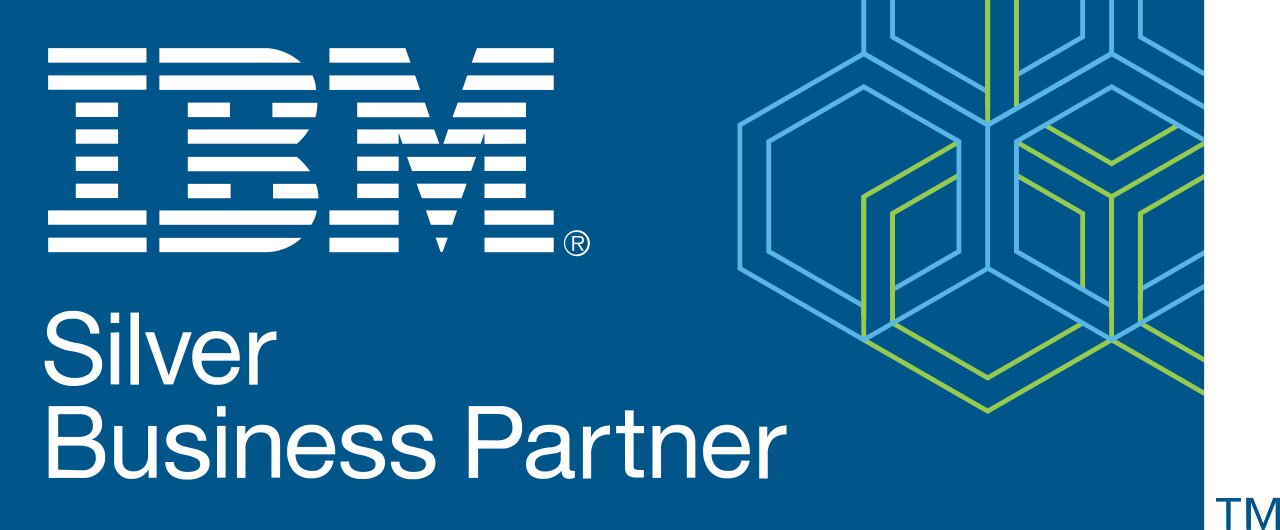
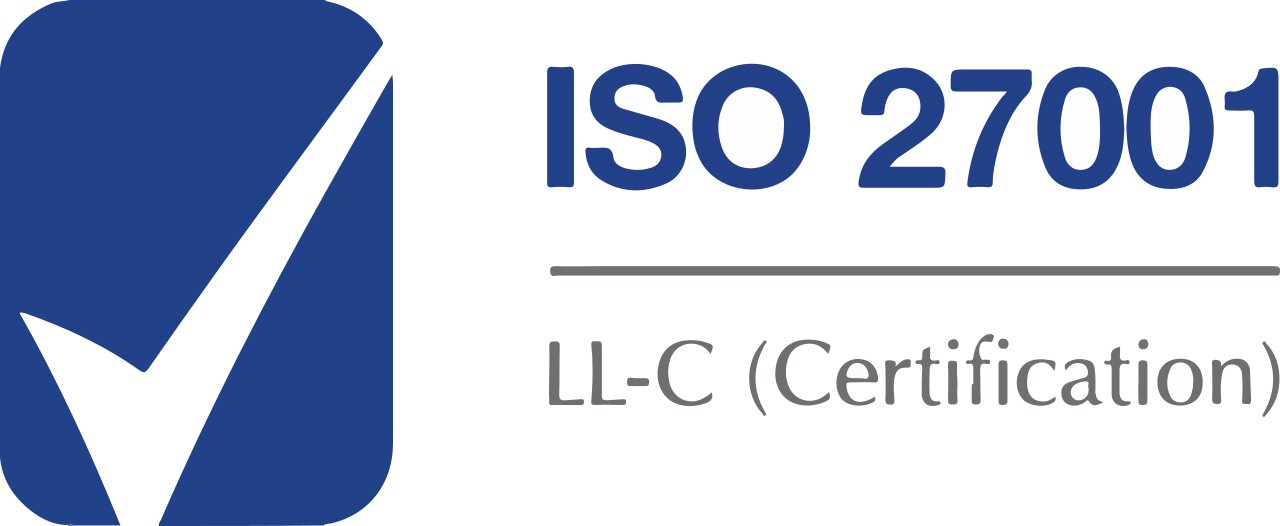
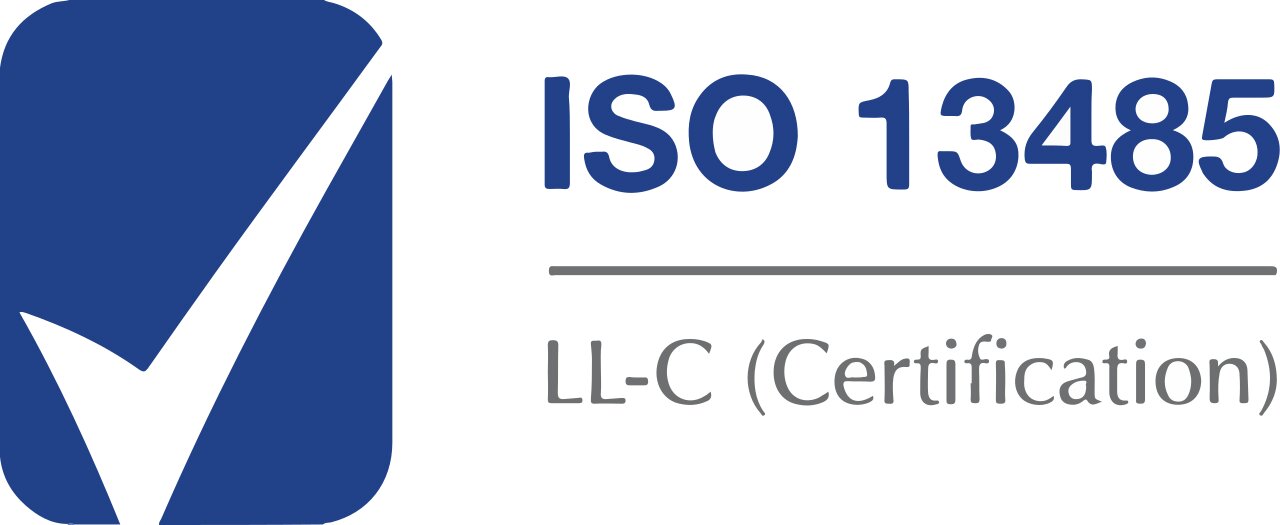
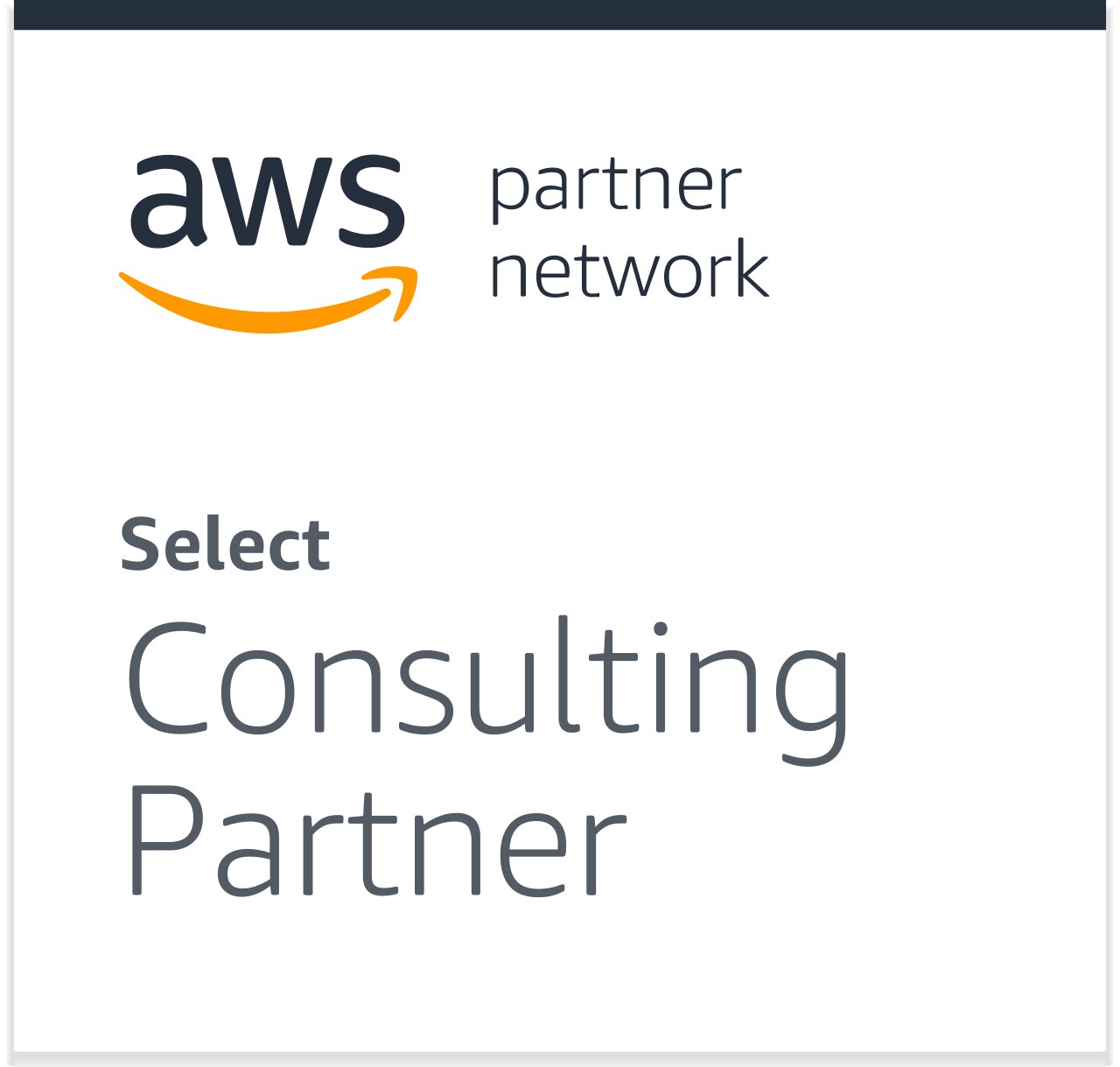

Among our clients

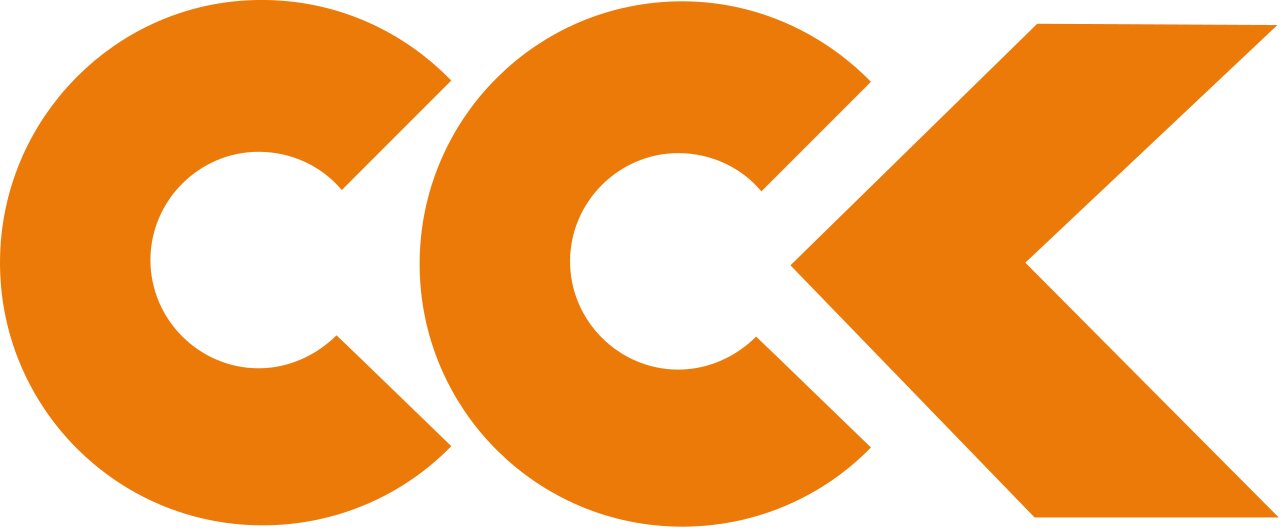


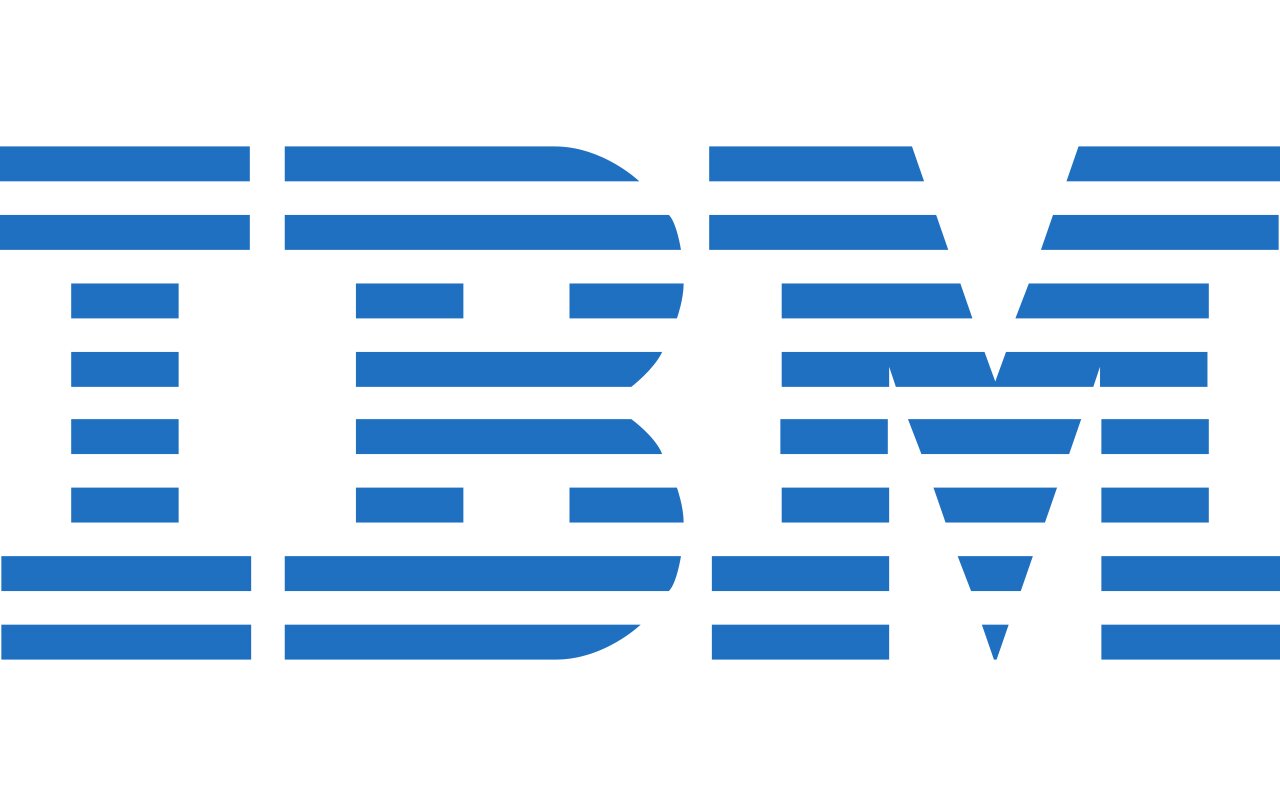
Our clients say

With vertscend, we’ve been able to reduce our development costs and decrease the timeline on new features and updates. vertscend attention to detail in how everything is documented and communicated is by far the best of any agency that I’ve worked with. The communication and agreement process when starting a new project has been by far the easiest to handle and most professional I’ve seen.

Bob Penland
CTO, TruMethods

vertscend proved to be a professional service provider from the outset. We appreciate their proactive approach and ability to suggest improvements to a prospective solution on both architectural and business levels. We know we can always rely on vertscend various competencies when our clients require quality software which would facilitate their business success.

Mikhail Anfimau
Senior Solution Architect, Leo Burnett

Over the past 10 years we’ve worked on about ten mobile app development projects with vertscend. It was our first encounter with an outsourcing company. The relationship turned out to be very good, so we saw no need to look for other suppliers.

John Andersson
Founder & CEO, Peek-A-Boo
Software Development Methodologies We Employ
Scrum
Software development is done in Sprints, 2-3-week iterations with identified granular goals and backlogs. The following practices are common: sprint planning meeting, daily stand-ups, sprint review (and demo), retrospective, backlog refinement (grooming).
Best for: any product development project with a need to test the idea, midsize projects in custom software development where software requirements cannot be accurately defined, incremental development of large complex software (which is easy to divide into small functional parts) to start getting value fast.
Kanban
The work is done in very short Sprints, often daily. Daily (or once in 2 days) meetings are held to discuss progress and priorities. The team uses the Kanban Board that provides a clear representation of all project activities, responsible persons, and progress.
Best for: software support and evolution projects.
Specific cases
Linear: the sequential approach in which the next chunk of work is done when the previous one is finished and approved by the stakeholders.
Waterfall
Best for: small and midsize projects with clearly defined and unchanging requirements, projects requiring formal approvals (governmental projects and projects for big corporations), projects with strict compliance requirements.
More details about pros and cons of each software development model are here.
Note: For many projects it makes sense to use a combination of approaches or switch from one to another depending on the project stage. In our practice, the most common scenarios are ‘Waterfall -> Scrum’, ‘Scrum -> Kanban -> Scrum’. Since switching to a new methodology entails new tools and new processes, a pre-switch intro meeting or mini-training should be conducted by the vendor to keep project running effectively from day one.
We Eagerly Put in Use IT Innovations
Click the cards to find the detailed description of our capabilities with each technology.
Big Data
Artificial Intelligence
Data Science
Internet of Things
Computer Vision
Augmented Reality
Virtual Reality
Blockchain
Software Types We Develop
Below you can find the most popular categories and types of software we deliver. Click the links to explore the dedicated pages.
Enterprise resource and process management
- ERP, SCM (Supply Chain Management), PLM, PIM
- Finance, accounting, budgeting, invoicing and billing
- Document management, contract management, record management
- Sales and marketing
- Procurement, vendor portals, inventory management and optimization
- HR and talent management, workforce scheduling, employee performance
- Business intelligence
Digital channels to customers

Industrial solutions
- Smart factory
- MES
- Maintenance
- Equipment monitoring, OEE
- Quality management
- Field service
- Industrial analytics
Connected and smart solutions
- Remote monitoring
- Smart, connected products
- Smart factory
- Connected cars, fleet management
- Smart transportation
- Smart home
AI
- Image analysis
- AVI, Defect recognition
- AR/VR
- Forecasting, predictions
- Optimization
- NLP
- Chatbots
Knowledge and productivity
- eLearning
- Knowledge management
- Personal productivity
- Digital workplace
- Employee monitoring
Emergency and security
- Emergency response, incident management
- Information security
- Secure communicators and messengers
- Secure videoconferencing
- Video surveillance
Industry-specific software
- Healthcare
- Banking
- Telecommunications
- Insurance claim management
- E-government
We Have a Track of Successful Projects in Various Industries
vertscend delivers software for enterprises, software product companies and startups in 30 different industries with an eye on specific business needs and applicable industry trends. Click the icons to see our projects in the particular industry you’re interested in.
Manufacturing
Healthcare
Retail
Banking & Financial Services
Telecoms
Oil and Gas
Entertainment
Logistics and Transportation
How We Ensure Quality
Quality controls:
at each stage of the development starting as early as functional requirement definition and architecture design. Quality management system certified by ISO 9001.
Code quality:
Code rules and guidelines
- Style guide for the used programming language.
- Commenting complex code parts.
- Breaking up code into small logical units.
- Documenting what code (as a whole) does and what its dependencies are in a final README doc.
- Using version control.
- Using source code management (SCM) systems.
Code review practices
- Ad hoc review.
- Peer review.
- Walkthrough.
- Inspection.
Code quality metrics
- Maintainability index (MI).
- Cyclomatic Complexity (CC).
- Depth of Inheritance.
- Class Coupling.
All types of testing:
functional, integration, performance, usability, security; in-house center of excellence for software testing services.
Note: For large and long-running projects, we recommend to automate (API and UI) functional (API and UI) and performance testing to have large coverage at optimal cost.
Customer information security:
ensured by ISO 27001 certification.
Why Customers Choose vertscend?
Taking overall responsibility for the ‘how-to’ project part
- Together, we define the goal you want to achieve:
- Business goals (cost reduction, revenue increase, process time reduction, etc.).
- Development process improvement (faster, higher-quality software delivery, more frequent releases, etc).
- We plan and organize the project to achieve your goals and continuously compare the project plan and process against emerging needs.
Taking your budget limits seriously
- Helping you accurately estimate resources.
- Responsible usage of resources: using resources with lower rates for simple routine tasks, replacing resources with low performance.
- Choosing programming languages and frameworks, architecture patterns, APIs, etc. based on a careful preliminary analysis of options. The development speed may differ 2 – 20 times.
- Using cloud services (messaging services, analytics and AI services, image processing services, etc.) by well-established cloud providers, e.g., Azure and AWS.
- Continuous feature prioritization.
Taking the deadlines seriously
- Managing delivery time according to the set goals.
- Promptly communicating delay risks.
Transparent service supported by regular reports
Monitoring and interpreting project progress.
- Achievement of set team and project KPIs.
- Use of resources (actual versus planned).
- Current budget status in case of the T&M pricing model (actual versus planned, the actual costs incurred plus revised estimates).
- Actual or potential problems.
- Revised risk management strategy, acceptability of the risks.
Regular retrospections
Regular project roadmap revision (stated business needs vs current business needs; feasibility of requirements; value we bring vs the highest possible value).
Cultivating continuous improvement
- Proactivity in terms of adding new features, improvements, and possible competitive advantages.
- Anticipating and openly communicating potential stumbling blocks.
Tailored communication with each stakeholder
- Analyzing information needs of each stakeholder.
- Discussing how best to communicate information (communication means, level of detail, frequency of updates, timing, etc.) to each stakeholder.
- Regularly exchanging relevant project status information.
- Presenting/discussing next actions.
Our approach to collaboration:
Pricing Options for Our Services
Fixed price
Best for: Feasibility study, PoC, small software development projects with clear and stable requirements.
You pay the price established by a contract.
Time & Material, Time & Material with a cap
Best for: advisory activities (business analysis, architecture design, project planning, etc.), agile software development and implementation, evolution of existing software (introducing substantial changes or adding new functionality).
You receive the end-of-the-month invoice based on the hours or efforts reported per month (under the stated upper limit in case of T&M with a cap).
Per-ticket pricing
Best for: L1, L2 application support.
At the start of cooperation, we define the ticket cost, and you get charged based on the volume of incidents we resolve monthly.
Fixed monthly fee
Best for: L3 application support (in-code defect fixes, functional changes).
At the start of cooperation, we define the hourly rate for app support activities. After the service is delivered, you pay for a bunch of hours during which we’ve been providing application support.
Get Your Software Built and/or Supported by Experts
We are ready to:
- Plan your new software that will bring you tangible business outcomes and have the optimal TCO.
- Deliver your new software with reduced cycle time and high quality.
- Support your existing software to keep it highly available, reliable, and relevant to the current and arising business needs.
